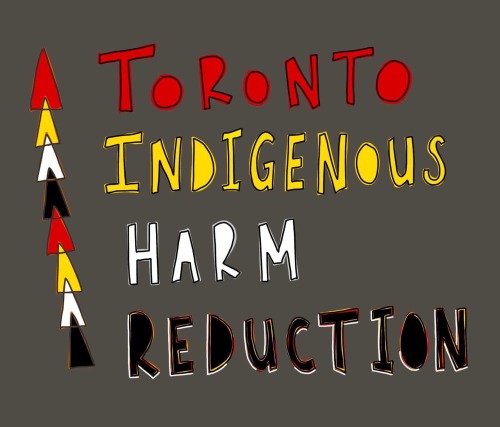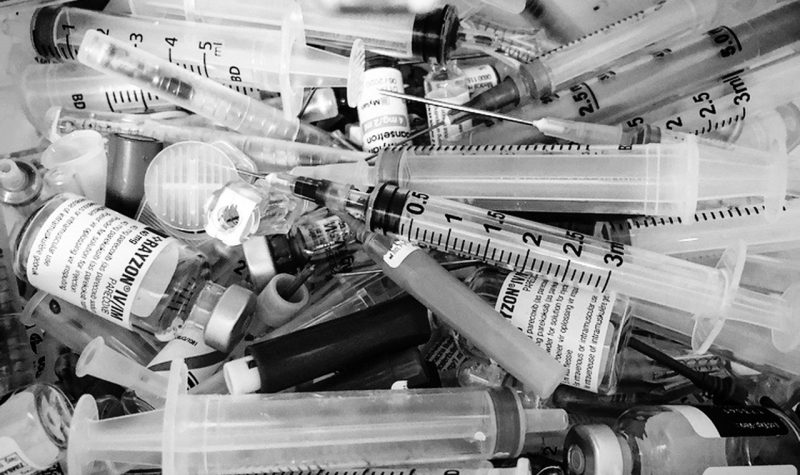By Jess Goldson
Toronto harm reduction workers magnify the need for additional supports in their roles and for a regulated, less toxic drug supply
Juno Zavitz, program coordinator of Breakaway Community Services’ grief, loss, and wellness initiative (GLoW) discusses additional support for harm reduction workers.

Image courtesy Breakaway Community Services
Zavitz outlines the need for harm reduction workers to receive greater support due to high levels of stress working in a crisis context.
“One of the conversations I had with a frontline worker recently was about the importance of creating recovery focused spaces for people working in harm reduction, because there are a lot of people who are actively using drugs, but there are also a lot of people who are trying to avoid or minimize their use of [...] fentanyl,” says Zavitz.
Haley Thompson, project manager of Toronto's Drug Checking Service, highlights policy-related barriers to harm reduction present in the city. Last episode we heard that drug checking revealed high levels of contamination in the unregulated drug supply. Contamination refers to the addition of a drug to the original substance that drug using people do not expect to be present. The program informs those drug using people who submit samples what is in their drugs and alerts clinicians who treat drug using patients to potentially harmful substances in the drug supply.
Thompson calls on the need for regulation and decriminalization of the unregulated drug supply to combat the opioid poisoning crisis.
“There are a few safer supply programs popping up across the country but they tend to have rather stringent eligibility criteria. We're supportive of the decriminalization of drugs for personal use because it separates drug use from criminality. But it's definitely not sufficient because it does nothing to address the toxic drug crisis or the toxic drug supply, which is what we know is harming people,” says Thompson.
Zavitz shares why promoting abstinence to substance users can be harmful.
“It can be really risky for people who become abstinent to come off their substance of choice. If you come off fentanyl to go to an abstinence-based treatment centre, and then you go back to your community where you've been using drugs, your risk of overdose is actually much higher because you don't have the same tolerance anymore,” argues Zavitz.

Toronto Indigenous Harm Reduction (TIHR) supports Indigenous houseless folks in Toronto as a 'lifesaving and unconditional expression of Love and support'. Image courtesy TIHR.
Grassroots organization Toronto Indigenous Harm Reduction (TIHR) provides basic necessities and access to critical health support for Indigenous houseless folks in Toronto. They host a non-abstinence based online bi-weekly harm reduction meeting for indigenous community members who want support and to share about their experiences with substances. TIHR was unable to accommodate my request for an interview but encourages listeners to view their Instagram @torontoindigenousharmreduction to learn about harm reduction related to Indigenous communities and how to become a monthly donor.
Listen to the full audio piece below. This is the second of three episodes in this series on the opioid crisis in Toronto:


